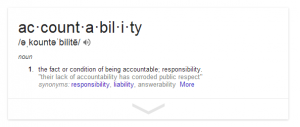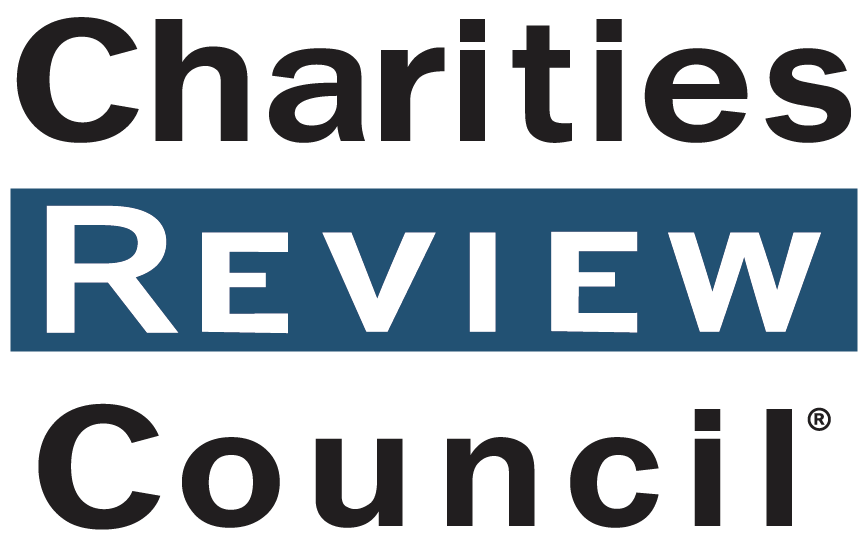If you’ve spent any time on our website, you’ve probably seen words like accountability thrown around.
While there is no doubt that accountability is extremely important to a strong nonprofit sector and trusting, generous donors, it’s become somewhat of a buzzword. So, what does accountability really mean, especially given the new era of instant, online sharing?
 A recent Nonprofit Quarterly article examined accountability from various perspectives, that of the wider public, a region, a class of people, and funders. The article points out that nonprofit accountability is nothing new, but the rise in social media makes donor-nonprofit communication easy and instant, while also bringing issues to center stage very quickly.
A recent Nonprofit Quarterly article examined accountability from various perspectives, that of the wider public, a region, a class of people, and funders. The article points out that nonprofit accountability is nothing new, but the rise in social media makes donor-nonprofit communication easy and instant, while also bringing issues to center stage very quickly.
“Nonprofits are held accountable by any number of entities: their boards, their funders, regulators, constituents, and the general public. The Internet has added another level of intensity and speed in being called to public account, in that it allows groups of stakeholders that might have been unaware of each other’s opinions to hear one another out and potentially join forces.”
It is no longer enough for nonprofits to make their financial statements available upon request, or respond to donor inquiries about outcomes and impact. Now it is necessary to proactively prepare for stakeholders to ask tough questions, and to ask them publicly. With platforms such as Twitter, Facebook, Instagram, Blogger, and YouTube, storytelling becomes instant and widespread at the click of a button, allowing nonprofits and donors to engage with each other on a new, deeper level. According to the article, “stakeholders are able to announce and promote themselves and their positions on issues while asking what are often legitimate questions at the same time.”
How to be {newly} accountable to your stakeholders:
- Be proactive and responsive. Many organizations make the mistake of sitting idly by when their supporters ask questions, make suggestions, or call them out. Be transparent about the good, the bad, and the ugly, explaining your circumstances before you have to defend them.
- Meet constituents where they are. Get involved in the conversations happening in cyberspace – join Twitter and Facebook, keep blogs and websites updated with news and events and make sure you are part of the conversations happening, both online and in person, around you.
- Align your practices and policies with the Accountability Standards®. The standards measure much more than financial activity. They represent widely accepted nonprofit benchmarks covering diversity and inclusion, good governance and management, and impact on the community. For that reason, the Accountability Standards® are not only great for building donor trust, but also for building up your organization’s internal strength and infrastructure. Use the online review report and the Meets Standards seal to tell your story of accountability in a visual, easily-accessible way.
The new era of accountability presents exciting opportunities and sometimes overwhelming challenges for organizations. The demand for answers and information is here to stay, and both nonprofits and donors have the responsibility to embrace the changing landscape and take advantage of new ways to build strong relationships so we can deliver the greater good, together.

